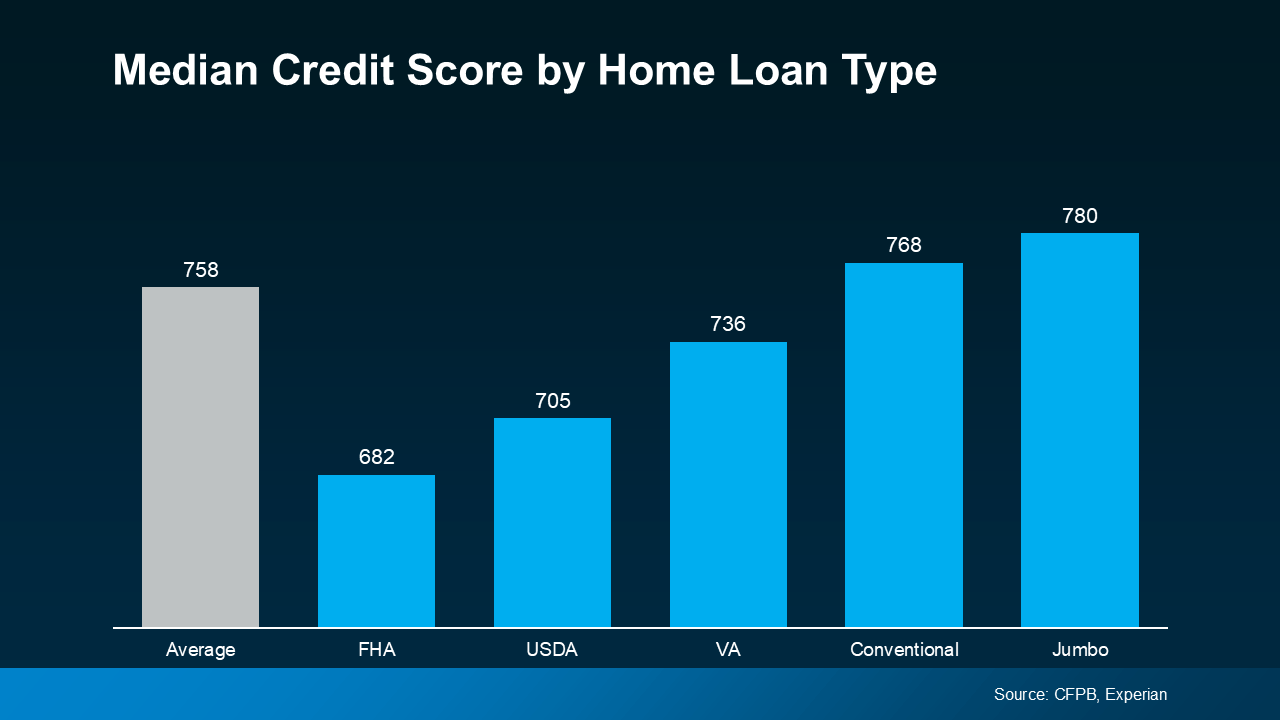Q&A With Economist Nadia Evangelou: Solving Housing’s Shortfall

Homes for sale are up nearly 20% compared to a year ago—a hopeful sign for a market that has struggled with limited inventory for over a decade. This increase may offer some relief to home buyers, particularly in areas where inventory gains are helping ease price pressures.
A spring report, Housing Affordability and Supply, released by the National Association of REALTORS® and realtor.com®, confirms that home buyers are starting to see more options. But the report also emphasizes that overall supply is still falling short of meeting demand in many markets—and deterring a major segment of prospective home buyers.

Nadia Evangelou, a senior economist and director of real estate research at the National Association of REALTORS®, underscores both the progress and the work that remains in solving this long-held problem in the housing market to allow more Americans to fulfill homeownership.
Which home buyers are struggling the most right now to find enough homes in affordable price ranges?
EVANGELOU: Unfortunately, what we see is that middle-income buyers are struggling the most. Even though these buyers have experienced the largest gains within the past year, they still have the furthest to go. They’re still priced out of more than half of the homes on the market.
Some local governments are trying to deal with this problem through zoning changes or incentives for more affordable construction. But we need a lot more of that. We need to have hundreds of thousands more homes priced under $260,000 just to get back to a balanced market. It’s a big gap, and it won’t close without targeted action.
Middle- and lower-income buyers are finding fewer listings that they can afford while higher income households have access to more. How do these disparities impact the overall market?
EVANGELOU: I think it really shows how uneven the playing field is right now. So, if you’re a high-income buyer, chances are you can shop across most of the market. But if you’re earning under $50,000 [per year], you’re looking at less than one in 10 listings being within reach. First-time and lower-income buyers are shut out, and it slows everything down. Move-up buyers can’t sell, and that limits overall [housing] activity.
Are new home builders stepping in to help make up this gap?
EVANGELOU: We have seen builders shift to building smaller homes. This shift started in 2024, so that is encouraging. The median square footage is at the lowest in more than a decade. But we need even more. It’s not that builders don’t want to build more affordable homes. It’s just that they often cannot make the math work. Between rising land costs, zoning rules and the price of materials, it’s hard to build a home under $260,000.
The NAR report does call out that some metro areas like Raleigh, N.C., and Des Moines, Iowa, are seeing progress in becoming more balanced, with enough affordable homes. What’s working in these regions? Are there any lessons we can apply to other markets?
EVANGELOU: What’s working in those areas is a mix of steady building, better alignment between incomes and home prices, and in some cases more flexible local policies. Raleigh, for example, has been adding more homes across different price points. It’s proof that if you increase supply—and not just with high-end homes, but homes that regular people can afford—you start to see results. And that’s a model other markets could learn from.
Categories
Recent Posts










LEAVE A REPLY

